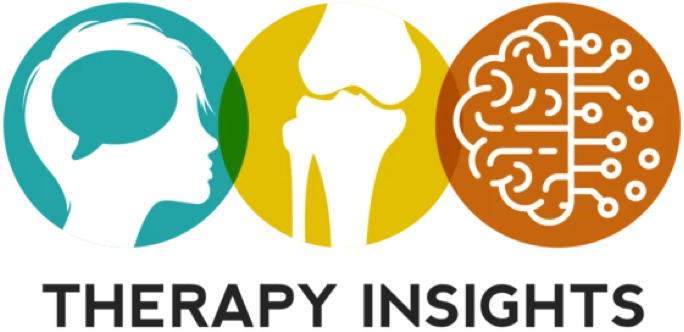Handout
Visual Neglect (Hemispatial Inattention) vs. Visual Field Cut (Homonymous Hemianopsia)
Print Resource
— US Letter — 1 page
AdultOTSLPBrain InjuryVision
This handout explains the difference between visual neglect and visual field cut. It provides information about how they are different and ways to distinguish them. There are also some suggestions for treatment. Recommended for patients and their family to understand the difference between these two similar conditions with divergent treatment recommendations.
